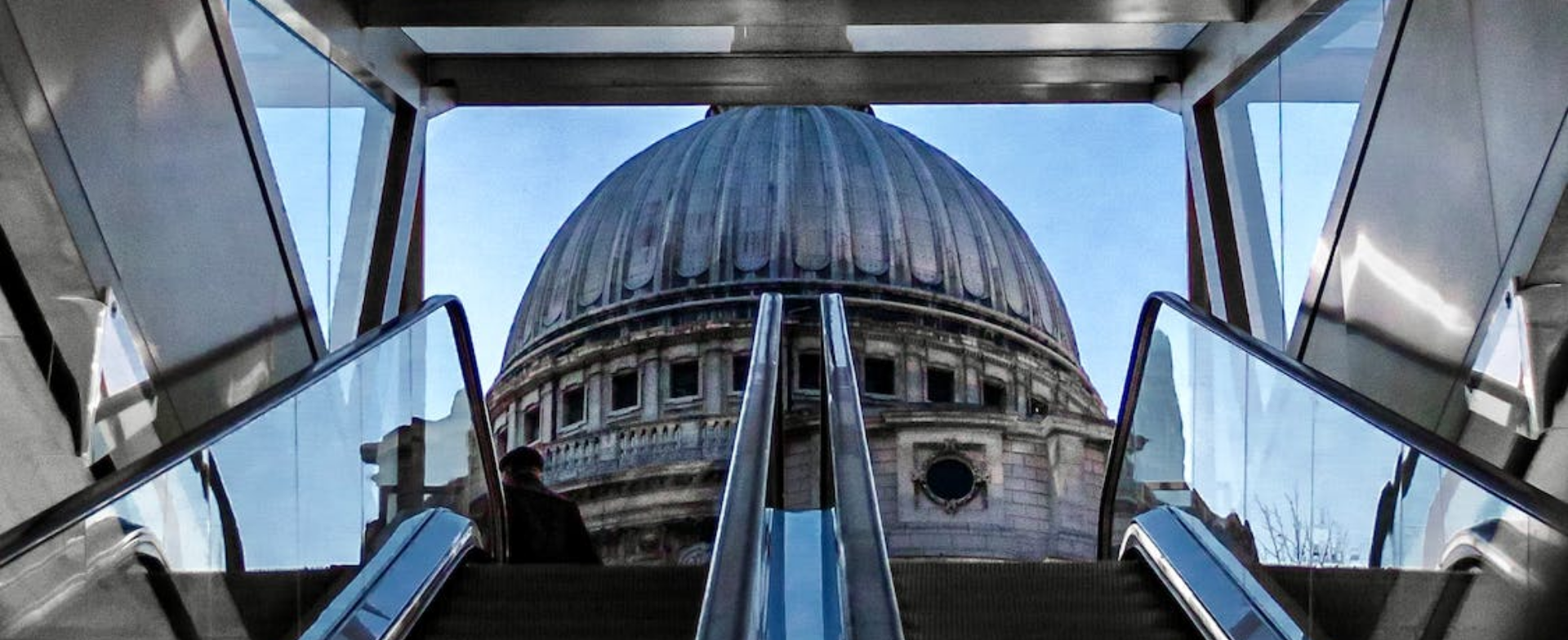Five years on

Deciding what to write can sometimes be testing; I am grateful again to Mr Authers for pointing out that on this day 5 years ago, can you believe 5 years have passed, the stock market woke up to the reality that it was Covid. On this day, 2020, the S&P 500 closed at an all-time high of 3,383.10. Barely five weeks later, on March 23, it finished at 2,237.40. Looking back at the time, from what I can remember, we were reading headlines of people being retained on ships, risks that those on holiday would be unable to return home, yet for a while, the stock market continued on. Economists were quick to point out we had these pandemics before, and ultimately, they had little impact on economic growth, and this time would be no different. I think it’s fair to say we still feel the economic impact of 5 years ago, today.
Historically, authorities ignored the potential health impact of the outbreaks of Spanish flu after the First World War, likewise the Asian flu of 1957 and the Hong Kong flu of 1968. More recent in people’s memories was SARS in 2003, and again, drawing on that experience, economists pointed out the impact was minimal. Not this time; the world was shut down, people were confined to barracks, and the economic impact was catastrophic. Central Banks felt they had little choice but to come to the rescue and support their respective economies, handing out cash left, right and centre.
As a result, government balance sheets, which had already been bloated from saving the financial crisis, were expanded even more. We all know what followed: Central Bankers became complacent about inflation; they had been printing money via QE, and we had zero interest rates for years. This policy had not led to inflation, so why should this time be any different? This time, again, it was different. QE may have helped support the economy, but it did not put cash directly into people’s bank accounts; the Covid largesse went straight into your account. You could be paid to stay at home, with nothing to spend it on. You could borrow money for little cost or consequence. At the same time, nobody was making anything, digging resources out of the ground or transporting inventory around the globe. Prices went through the roof, and most developed economies’ inflation rates hit 10%. Employees understandably demanded higher wages when they returned to work.
Inflation is now apparently under control, but five years after the pandemic, it is still not back to the central bank’s 2% target in many developed economies. Wages are still growing above inflation. This week, we had the latest UK wage data. According to the latest report, wages are growing by 6% year over year in the UK. The unemployment rate, which jumped in the aftermath of COVID-19 and then slowly recovered, has been rising again. The latest unemployment rate was expected to rise again month on month, in the end it remained at 4.4%, my bet with wages rising at that rate that number will go higher before it goes lower. The latest UK CPI reported the UK annual inflation rate rising to 3% this morning; inflation does not feel like it’s beaten yet.